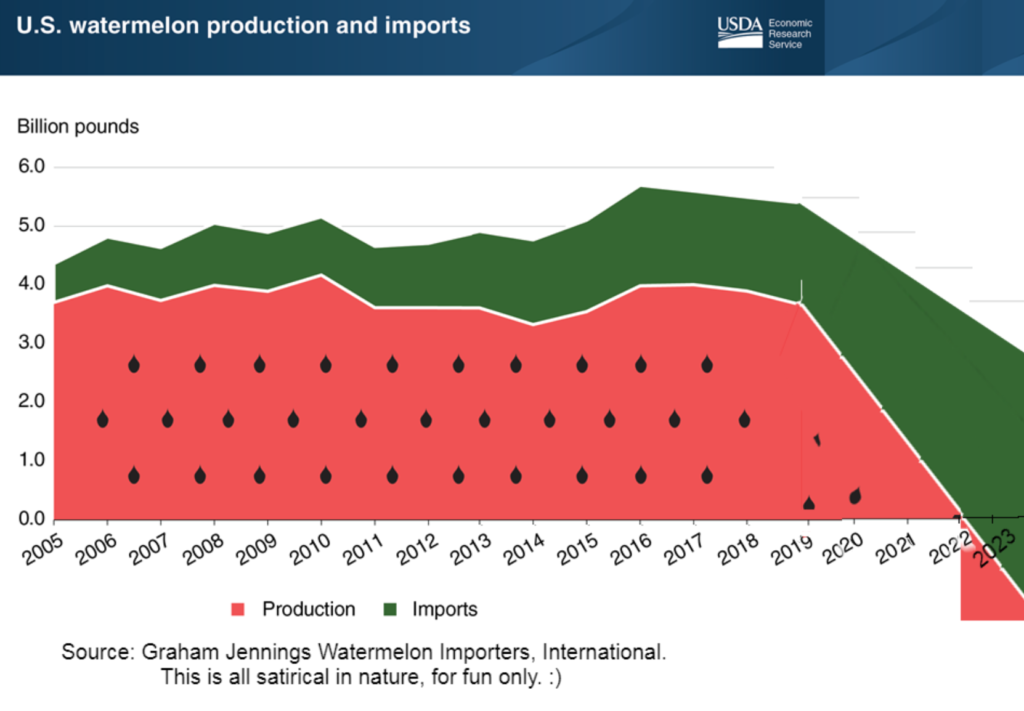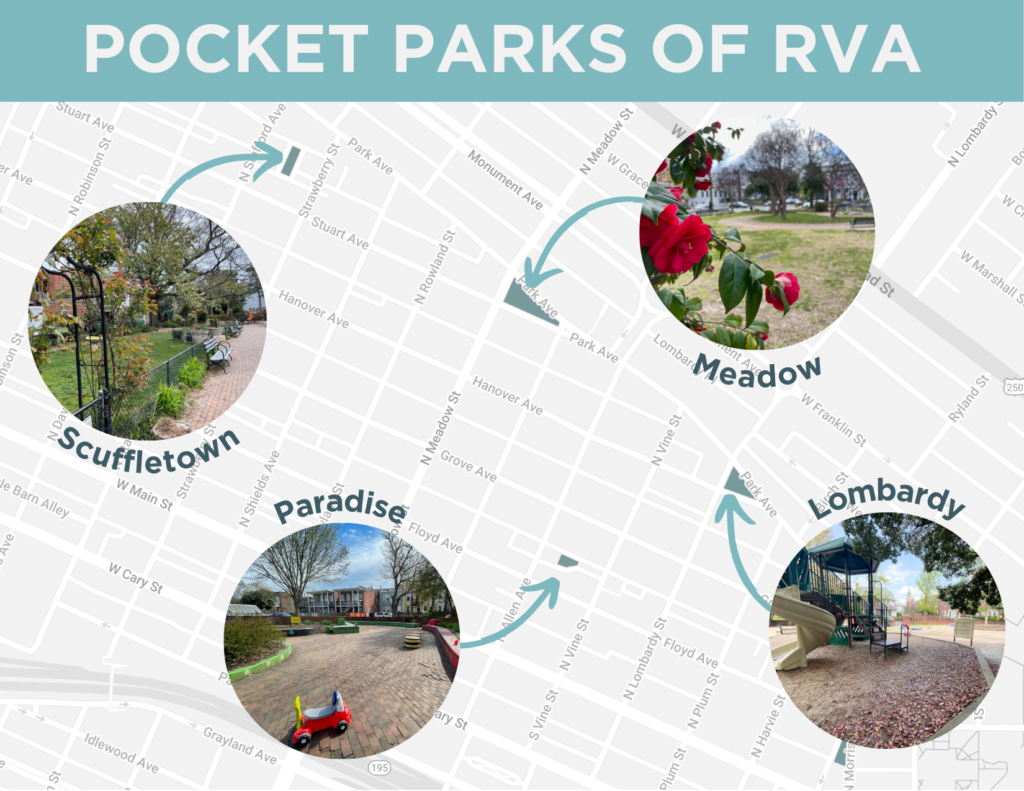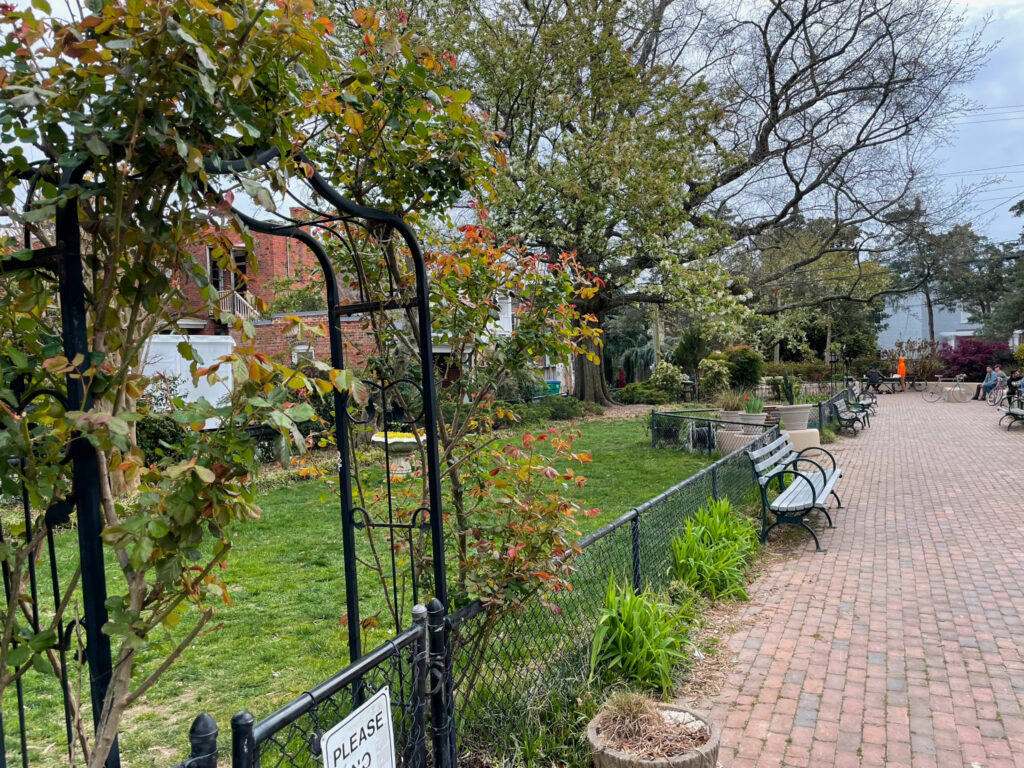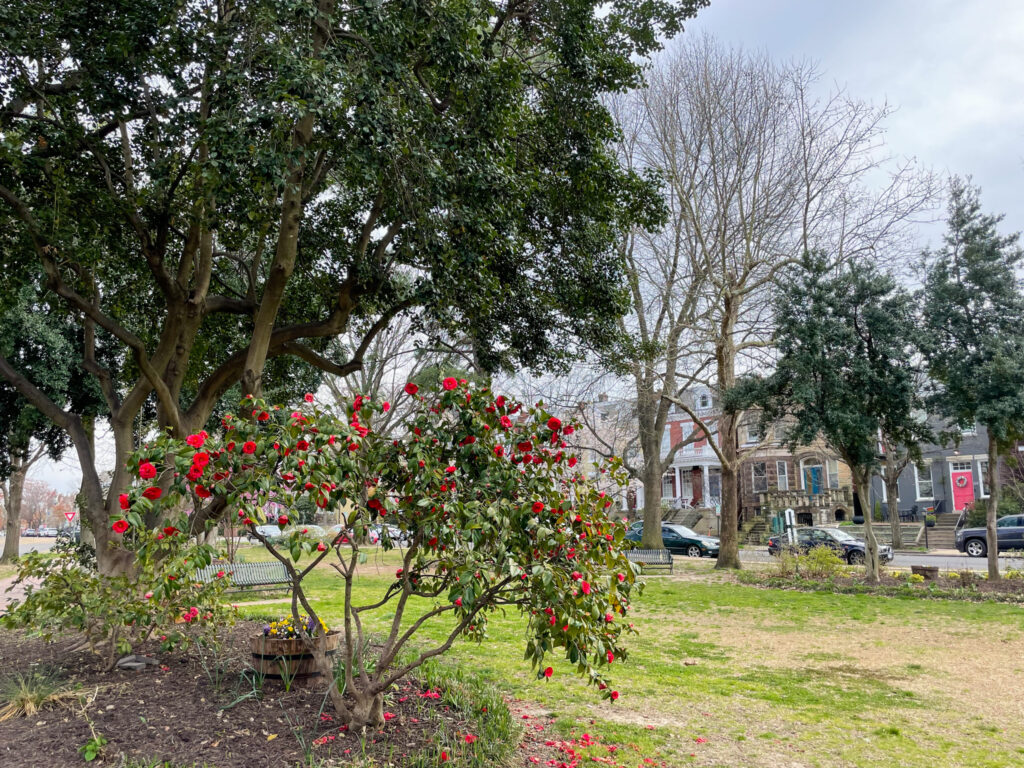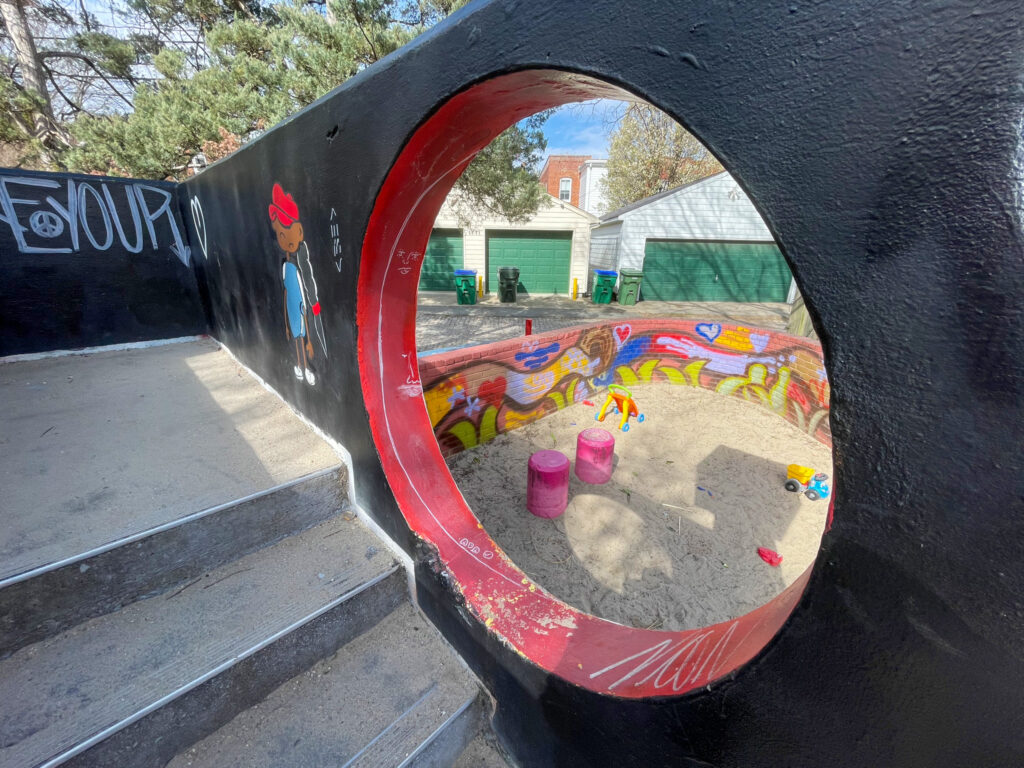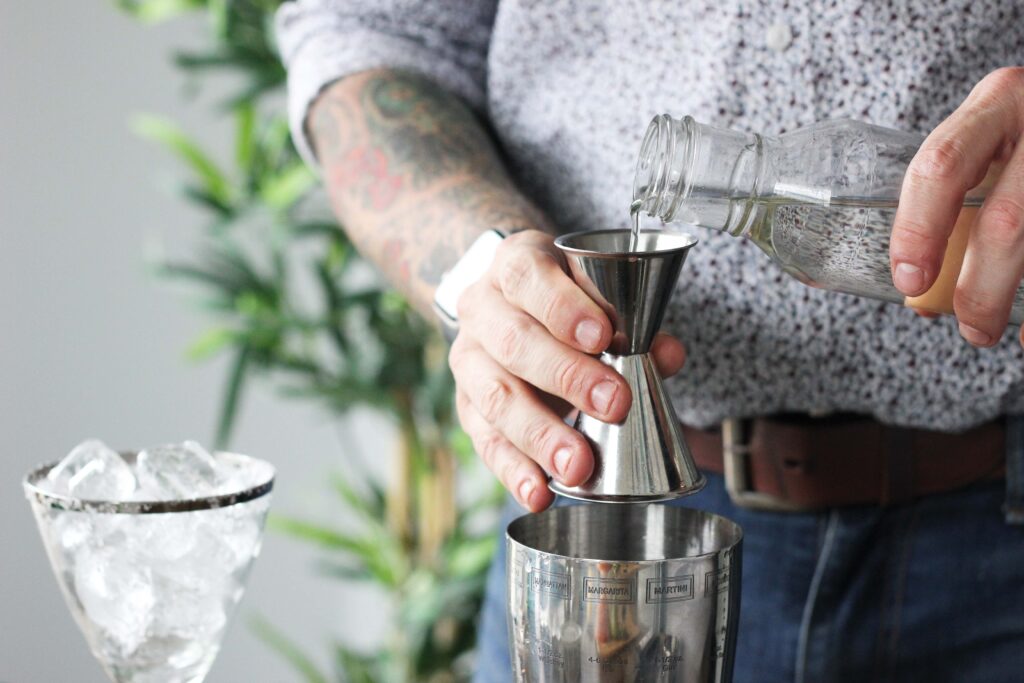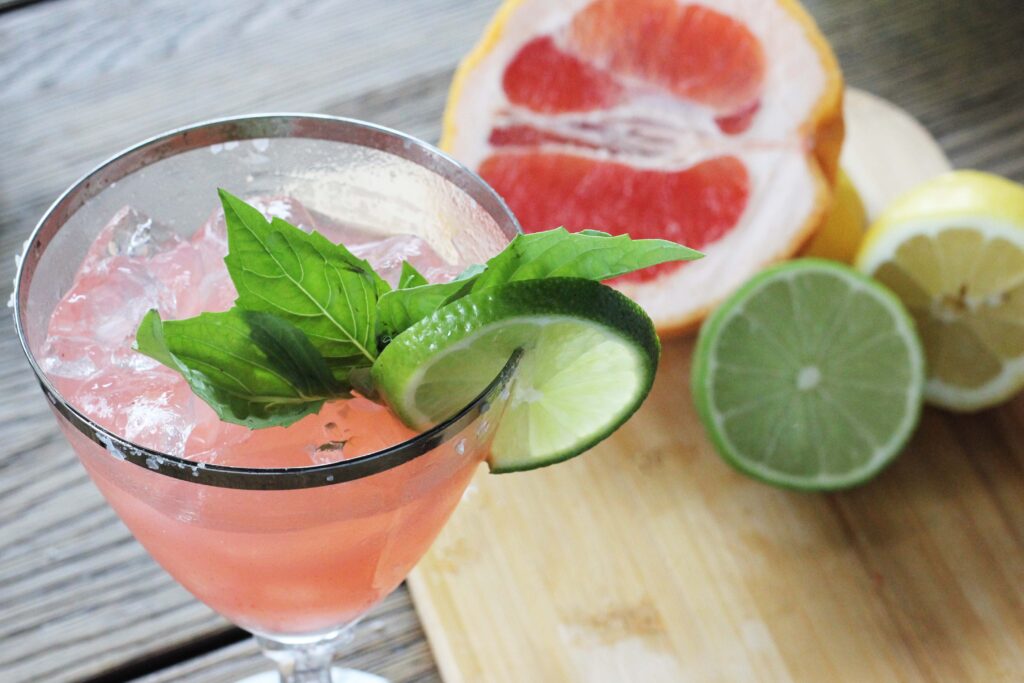Fall is here. It’s brought with it some overcast & rainy vibes. Sometimes, the best way to ride out this weather is with a drink. Richmond has a ton of great choices for high end drinks – just take a walk through Scott’s Addition and there’ll be no shortage of places to grab a fancy beverage.
Today, though… That’s not why we’re here. We’re visiting our favorite watering holes to return to time & time again.
Leigh Bowling
- 2525 Hanover Ave, Richmond, VA 23220
- Happy Hour: 5 pm – 9 pm
- Open until: 2 a.m. Monday – Sunday
“I’ve been going to Curbside since 2010, and have made so many memories there. Mostly good, some bad…. but I always come back! I love their tater tots and their rail drinks. Nothing beats hanging out on the patio. The best part though is the consistency. I’ll always come back for the same great vibes every time!”
Curbside Cafe opened in 2002 in Richmond’s Fan District. Their iconic outdoor seating offers some great vibes all year round.
Scott Andrews
- 2300 E Broad St, Richmond, VA 23223
- Open until: 2 a.m. Monday – Sunday
“In the winter when you go down there, and the fireplace is going, you get to drink cheap whisky by the fire… It warms my heart. And my belly.”
Nobody knows when it opened. Legend has it that Patrick Henry left a bottle of whisky at the site and a pub naturally apparated around it. We’ll never truly know, though… We just know that it’s in Church Hill and it’s good.
Jess Houser
- 2300 E Broad St, Richmond, VA 23223
- Open until: 2 a.m. Monday – Sunday
“Scott can’t have Patrick Henry’s Pub, I live there. It’s my neighborhood watering hole. My partner Ron refers to it as ‘an extension of my living room.’ I’ve never once seen Scott there, if that tells you anything. I don’t know when he’s there, but it ain’t when I’m there!”
Jess Houser, Part 2
Sidewalk Cafe
- 2101 W Main St, Richmond, VA 23220
- Open until 2 A.M.
“Sidewalk Cafe is never a dull moment. The portions are generous, and the food is wonderful. I always leave with some leftovers for later! They have a fantastic spicy Bloody Mary – I recommend it with extra olives.”
Sidewalk Cafe is a classically kitschy dive bar. All walks of life feel comfortable here. Located in the heart of The Fan, Sidewalk is like your favorite college hoodie. It may not be in the best shape, it might have a few holes, but nothing fits quite like it.
Vanessa Dieterly
My Screened-in Side Porch
- [Address Redacted]
- [Hours Redacted]
- Every Hour is Happy Hour
“Richmond’s hottest dive bar is my screened-in side porch. It’s got everything. String bistro lights, boho chairs, leopard throw pillows, a porch swing, plenty of side tables to set your drinks on, and best of all – it’s open for business whenever I want.”
If you’re up for hosting, sometimes the best place to have a drink is at your own home. It’s the best dive bar to show up to in your PJs.




